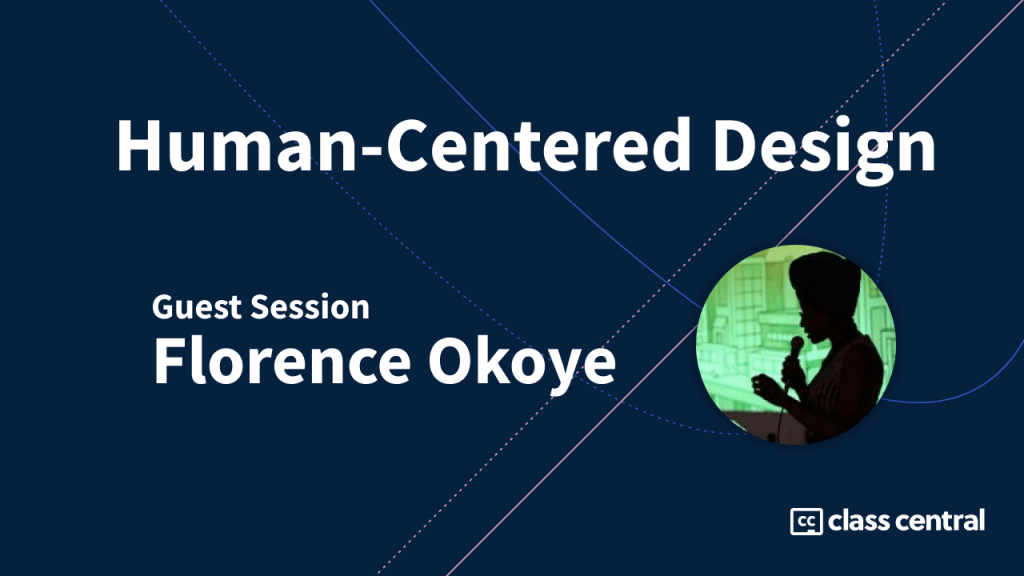Human-Centered Design: Designing Websites People Love to Use
How to put end users at the heart of the development process to create easy-to-use websites.
A month ago, Class Central launched a Free Web Development Bootcamp. Besides attending live streams covering the course material, every week, our Bootcampers get to listen to a guest speaker talk about their craft and the different facets of web development.
During the Bootcamp’s inaugural week, Barbara Oakley and Zach Caceres gave a great talk on how to become a better programmer by understanding the neuroscience of learning.
This week, we had the pleasure of listening to Florence Okoye — researcher and UX designer for the better part of a decade, who’s given numerous talks on the subject — introduce us to human-centered design: the science of creating websites users love to use.
Human-Centered Design
We don’t create websites in a vacuum. We create them for an audience. So when we design websites, we should do it with that audience in mind. Human-centered design formalizes this approach by putting end users (and their concerns) at the heart of the development process, to allow us to create products that are both easy to understand and use.
I took an online course on human-computer interaction before. It was to a large extent dedicated to user interface design, both general and human-centric. I found the course transformative. Understanding design has changed the way I’ve approached development since. So, in my view, design fundamentals should be part of every developers’ toolkit.
Topics Covered
Among others, Florence touches on the following topics of human-centered design:
- Process: from inspiration, to ideation, to implementation — that is, what are the steps to follow to develop a website in a human-centric way.
- Skills & Tools: at every step of the process — that is, what skills do you need and what tools should you be proficient with to apply human-centered design.
- Methods: how, when, why — that is, what methods should you use at each step of the development process, and what’s their aim (for instance, user stories).
In addition to discussing the theory and practice of UX design, Florence used the second half of her session to address questions from our Bootcampers. So if you too are interested in web development and design, I encourage you to watch Florence’s talk below.
Tags








Daniel
Thanks for the post. I’ve been a web developer for not so long and my goal when building my sites is for the users to get the best experience from using it and more friendly which has been an issue with me, but I’m gathering tips on that which would help me better. Thanks again for the useful post.